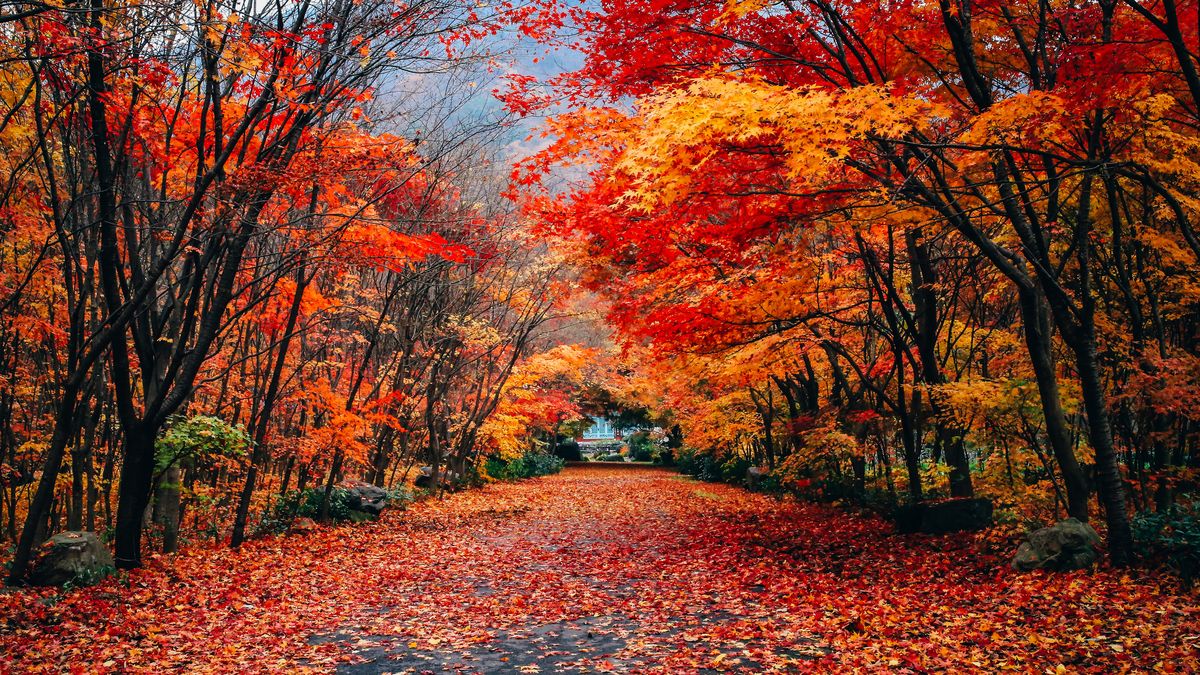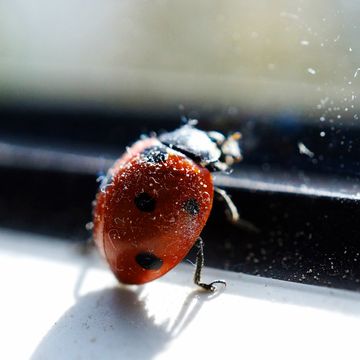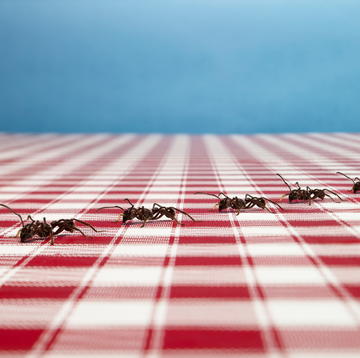When the weather finally cools down, there’s nothing better than taking a relaxing stroll through a forest bursting with red, orange, and golden hues, marveling at the sights, sounds, and smells of the changing foliage above you. It’s always a stunning sight, but have you ever wondered why the leaves change color in the first place?
The science is actually quite fascinating, and it comes down to how leaf pigments respond to key environmental changes that occur each fall. So before you go on your next autumn adventure, keep reading to brush up on your forest ecology—you’ll develop a much deeper appreciation for the changing leaves. (And you’ll impress anyone who happens to join you on a leaf-peeping journey.)
Why do leaves change color in the fall?
Each fall, the leaves of deciduous trees—species that shed their leaves seasonally—change from a summery green to fiery crimsons and warm golds. Although the transformation might appear simple, the mechanisms behind it are pretty complex.
“Two basic processes underlie fall color formation,” says Don Leopold, Ph.D., distinguished teaching professor in the department of Environmental and Forest Biology at SUNY-ESF in Syracuse, NY. First, the green pigment chlorophyll, which is used for photosynthesis—a process that converts the sun’s rays into energy—begins to break down in the fall, “unmasking the underlying yellow and orange pigments” (or xanthophylls and carotenes, respectively) in each leaf. Red pigments, called anthocyanins, are also produced in the fall, he says.
Essentially, when their green coloring starts to deteriorate, leaves are free to don those warm tones in the fall. These changes happen each autumn because of the changing climate, Leopold says: Shorter nights and cooler temperatures signal chlorophyll to make an exit.
“Temperature and moisture are the main influences,” according to the United States Forest Service (USFS), and “the countless combinations of these two highly variable factors assure that no two autumns can be exactly alike. A late spring, or a severe summer drought, can delay the onset of fall color by a few weeks.”
“Clear, dry, sunny days and cool nights” constitute the best weather conditions for brilliant foliage, Leopold says. “Lots of clouds, rain, windy weather and hard freezes,” on the other hand, dull each tree’s hues.
Why don’t evergreen trees change color?
Certain coniferous trees do actually change color each fall, Leopold explains, including baldcypress and larch species. They “turn bronze and golden, respectively, then their needles drop,” he says. But conifers—including Christmas trees—don’t change color because they lack those previously mentioned pigments that deciduous trees have.
When will the leaves change color in 2021?
Leaves generally start showing signs in August in northern states, Leopold says, although they might be slight. Sometimes, it’s even earlier if there have been droughts or floods.
“Unfortunately, autumn color is not very predictable,” the USFS writes. “But it generally starts in late September in New England and moves southward, reaching the Smoky Mountains by early November. It also appears about this time in the high-elevation mountains of the West.”
This year, experts expect ongoing warm weather to delay those hallmark hues, but most places should be looking like fall by early- to mid-October.

Jake Smith, an editorial fellow at Prevention, recently graduated from Syracuse University with a degree in magazine journalism and just started going to the gym. Let's be honest—he's probably scrolling through Twitter right now.












